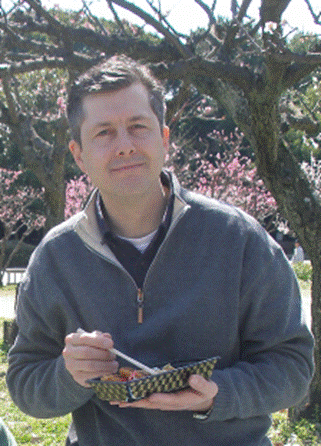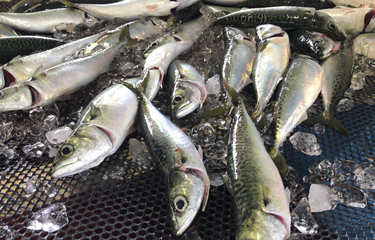Yumigahama Fisheries Co., a subsidiary of Tokyo -based Nippon Suisan Kaisha (Nissui), has harvested the first chub mackerel from its land-based recirculating aquaculture system (RAS) facility in Sakaiminato City, Tottori Prefecture, Japan.
Chub mackerel (Scomber japonicas, called “masaba” in Japanese) is considered the best-tasting mackerel for sashimi, and as a result, is more expensive than striped or spotted mackerel.
The fish come from hatchery seedlings stocked to the RAS facility in June of 2020. The first fish harvested, on 25 November, weighed between 250 and 350 grams and were sold to retailers and fishery wholesalers. In future, the companies said they are aiming to shorten growth-time and increase density to improve profitability. The first commercial-scale harvest is planned for April of 2023.
"By not using seawater in the open sea, parasites such as anisakis can be avoided,” Nissui said in a news release. “We aim to reduce the risk of fish diseases and provide a stable supply of chub mackerel that is not affected by the natural environment."
The emphasis on anisakis is because the product is for fresh raw consumption in sushi and sashimi, though mackerel is more common in Japan as an inexpensive ingredient for grilling or cured as shime saba (similar to pickled herring). The parasite is killed by freezing or cooking. As the cost of land-based aquaculture is about 20 percent higher than farming in ocean pens due to the cost of water and electricity, the premium sales price that can be obtained in the live market is necessary in order for the venture to be successful.
The flesh of the live fish is said to be firm, while after death it begins to turn mushy by comparison. A restaurant in Hyogo Prefecture, Japan sells wild-caught live mackerel prepared half as shabu-shabu (a hotpot dish) and half as sushi at JPY 5,000 (USD 43.95, EUR 38.91) per fish.
Other advantages afforded by a land-based system is the sidestepping of the requirement to find and permit a sea farm adequate for the raising of mackerel. In Japan, local fishery cooperatives have priority rights to aquaculture sites, though a recent change to the country’s fishery law has allowed underutilized sites to be allocated to private companies. Second, mackerel are closely related to tuna, so research on breeding and growing the small, quick-growing, and easily managed mackerel may also provide benefits to Nissui’s efforts to farm the more-lucrative bluefin tuna, as a newly created scientific process can use chub mackerel or its hybrids as a small-bodied surrogate broodstock to spawn bluefin by transplanting germs cells.
Yumigahama Fisheries is mainly involved in farming coho salmon, but also produces hiramasa (Seriola lalandi, also called yellowtail kingfish) and Pacific bluefin tuna. The RAS mackerel project is a joint venture between Yumigahama and Osaka-based industrial engineering firm Hitachi Zosen, which provided the water-treatment technology for the farm, utilizing underground seawater.
The RAS production facility, Yumigahama’s Yonago Land Culture Center, opened in May 2020, though its scale is that of a demonstration center. Four key points are being addressed through experimental production at the facility: utilizing fluid simulation technology to more efficiently remove solid matter like feces and uneaten food; using a floating filter medium that makes the farm’s nitrification equipment compact and reduces initial costs; developing more-efficient system operation methods and introducing operation control to reduce electricity cost; and discovering optimal growth conditions (water temperature, water quality, water flow, photoperiod) for the mackerel and developing production and management technologies to artificially control them.
Though the recent harvest is Japan’s first large-scale RAS production of mackerel, hatchery breeding for ocean grow-out has been established in South Korea since 2008, when the Gyeongsangnam-do Fisheries Resources Research Institute artificially incubated mackerel to provide a reliable source of fry for aquaculture. This research began by collecting eggs from wild-caught females. The first generation of captive-born fish were used to identify the necessary hormones, hormone-treatment concentrations, and methods for overcoming the risk of death during seedling production.
When the wild catch is low, prices for fresh product in South Korea rise, giving an incentive for chub mackerel farming. Mackerel also has the advantage in aquaculture of maturing in about a year. However, as excessive harvest of juveniles for transfer to net pens may deplete the stock, the land-based nursery operation was established. In South Korea, like Japan, live sales are the target of mackerel aquaculture.
Photo courtesy of Nissui







